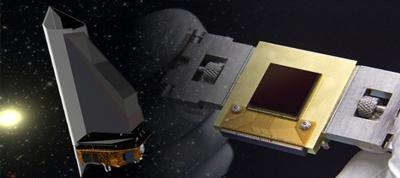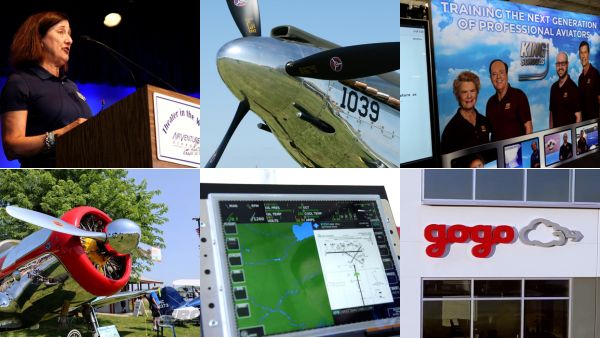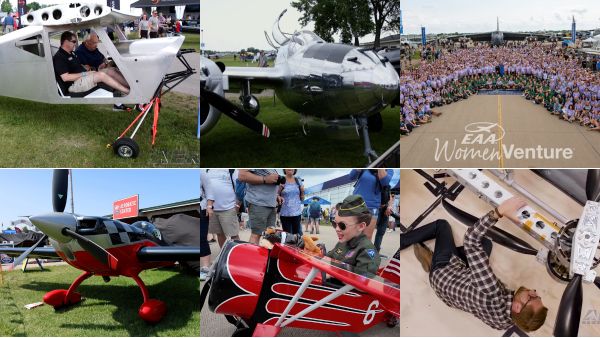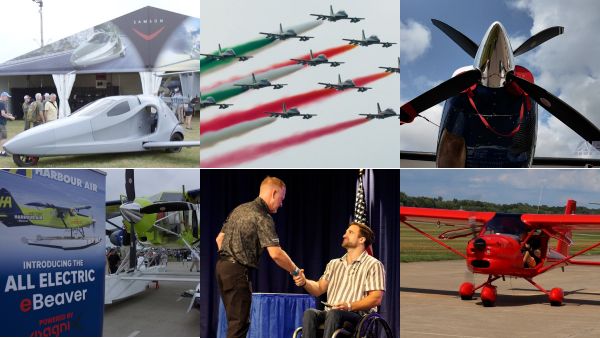Thu, Apr 18, 2013
NEOCam Designed To Track Near Earth Objects That Could Threaten The Planet
An infrared sensor that could improve NASA's future detecting and tracking of asteroids and comets has passed a critical design test. The test assessed performance of the Near Earth Object Camera (NEOCam) in an environment that mimicked the temperatures and pressures of deep space. NEOCam is the cornerstone instrument for a proposed new space-based asteroid-hunting telescope. Details of the sensor's design and capabilities are published in an upcoming edition of the Journal of Optical Engineering.

The sensor could be a vital component to inform plans for the agency's recently announced initiative to develop the first-ever mission to identify, capture and relocate an asteroid closer to Earth for future exploration by astronauts. "This sensor represents one of many investments made by NASA's Discovery Program and its Astrophysics Research and Analysis Program in innovative technologies to significantly improve future missions designed to protect Earth from potentially hazardous asteroids," said Lindley Johnson, program executive for NASA's Near-Earth Object Program Office in Washington, D.C.
Near-Earth objects are asteroids and comets with orbits that come within 28 million miles of Earth's path around the sun. Asteroids do not emit visible light; they reflect it. Depending on how reflective an object is, a small, light-colored space rock can look the same as a big, dark one. As a result, data collected with optical telescopes using visible light can be deceiving. "Infrared sensors are a powerful tool for discovering, cataloging and understanding the asteroid population," said Amy Mainzer, a co-author of the paper and principal investigator for NASA's NEOWISE mission at the agency's Jet Propulsion Laboratory in Pasadena, Calif. NEOWISE stands for Near-Earth Object Wide-Field Infrared Survey Explorer. "When you observe a space rock with infrared, you are seeing its thermal emissions, which can better define the asteroid's size, as well as tell you something about composition."

The NEOCam sensor is designed to be more reliable and significantly lighter in weight for launching aboard space-based telescopes. Once launched, the proposed telescope would be located about four times the distance between Earth and the moon, where NEOCam could observe the comings and goings of NEOs every day without the impediments of cloud cover and daylight. The sensor is the culmination of almost 10 years of scientific collaboration between JPL; the University of Rochester, which facilitated the test; and Teledyne Imaging Sensors of Camarillo, CA, which developed the sensor. "We were delighted to see in this generation of detectors a vast improvement in sensitivity compared with previous generations," said the paper's lead author, Craig McMurtry of the University of Rochester.
NASA's NEOWISE is an enhancement of the Wide-field Infrared Survey Explorer, or WISE, mission that launched in December 2009. WISE scanned the entire celestial sky in infrared light twice. It captured more than 2.7 million images of objects in space, ranging from faraway galaxies to asteroids and comets close to Earth. NEOWISE completed its survey of small bodies, asteroids and comets, in our solar system. The mission's discoveries of previously unknown objects include 21 comets, more than 34,000 asteroids in the main belt between Mars and Jupiter, and 134 near-Earth objects.
(image provided by NASA)
More News
07.25.24: King Schools Expansion, Avilution Update, Gogo Communicates!, Pelton Int'vw-Part 4 The annual Meet The Administrator event was not what we hoped for. The Administrator di>[...]
07.25.24: King Schools Expansion, Avilution Update, Gogo Communicates!, Pelton Int'vw-Part 4 The annual Meet The Administrator event was not what we hoped for. The Administrator di>[...]
Aero Linx: United Flying Octogenarians Who are the United Flying Octogenarians (UFO)? We are an international group of more than 1700 pilots who have acted as a certificated PIC on>[...]
How To Get A Story On Aero-TV News/Feature Programming How do I submit a story idea or lead to Aero-TV? If you would like to submit a story idea or lead, please contact Jim Campbel>[...]
07.23.24: VerdeGo Powers Up, Frecce Tricolori, Pelton Int'vw - Part 2: MOSAIC!!!! They flew the Samson Sky earlier this year… and the data is yielding some exciting updates >[...]
 Airborne Oshkosh24 Day 4: Meet The Admin--NOT, MOSAIC For Osh25?, Med Logjam
Airborne Oshkosh24 Day 4: Meet The Admin--NOT, MOSAIC For Osh25?, Med Logjam Airborne Oshkosh24 Day 4: Meet The Admin--NOT, MOSAIC For Osh25?, Med Logjam
Airborne Oshkosh24 Day 4: Meet The Admin--NOT, MOSAIC For Osh25?, Med Logjam ANN's Daily Aero-Linx (07.23.24)
ANN's Daily Aero-Linx (07.23.24) ANN FAQ: Contributing To Aero-TV
ANN FAQ: Contributing To Aero-TV Airborne Oshkosh24 Day 2: Samson Sky, AbleFlight, MagniX, Hartzell
Airborne Oshkosh24 Day 2: Samson Sky, AbleFlight, MagniX, Hartzell




